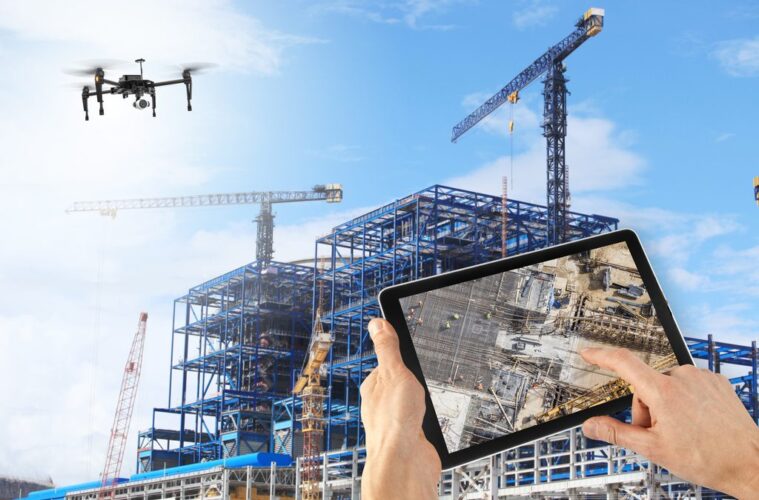Technological advancements have constantly redefined how people conceptualize and construct buildings of all kinds. Among them, drones are becoming one of the most useful.
These devices have made it easier for planners and site managers to collect and display aerial vantage point data. Utilizing their videography toolkits to more technical ends, construction and design firms of this day and age have been making them a part of their remote monitoring, goal-tracking, and safety maintenance processes.
But what makes them so sought out? The following explains the rise of drones in the construction industry:
Assessing Site Conditions
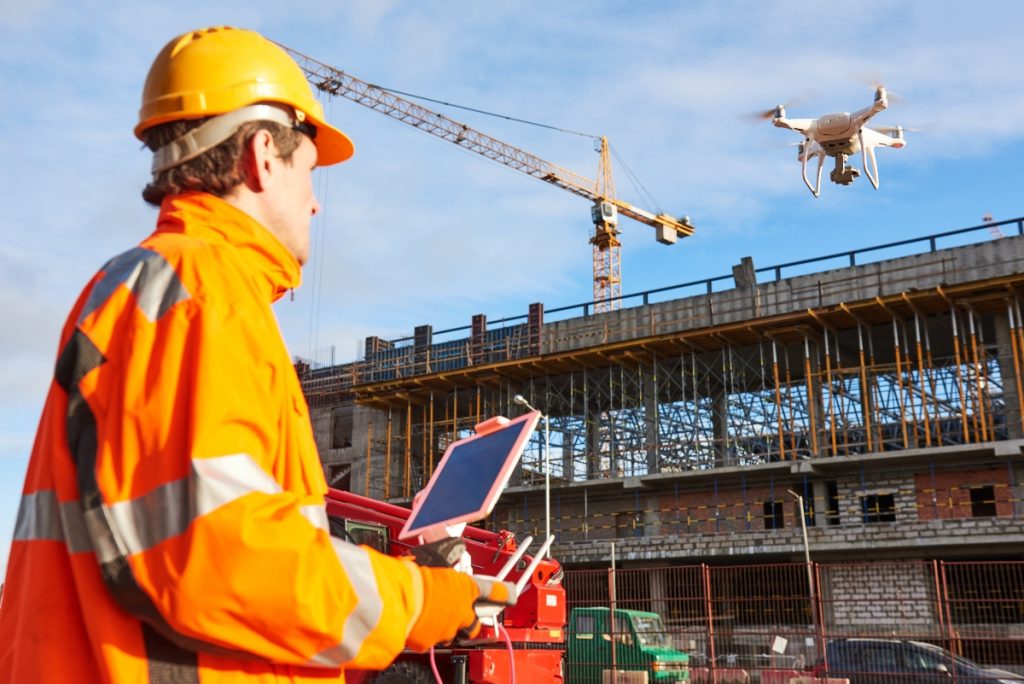
source: pinterest.com
Site managers can better understand the state of project sites by flying drones over the perimeter. Before, they had to contract helicopters or planes to get a bird’s eye view. In contrast, drones are more efficient and cost-effective. They can also fly on demand, saving firms from long wait times and fuel costs that working with planes will involve.
Drones have also been programmed with modern data processing algorithms to help with site evaluations. Using the information they collect, teams can estimate dirt volume, detect elevation changes, and measure site dimensions. This gives them a better picture of the lay of the land before commencing a project. In turn, they also get valuable insights into resource management and workflow maintenance.
If your firm has yet to consider drone imaging for site assessments, you can do a test run with a company like Horizon Imaging or another drone videography company close to your location. The results may persuade you to consider using them for your projects.
Helping With Layout And Site Planning
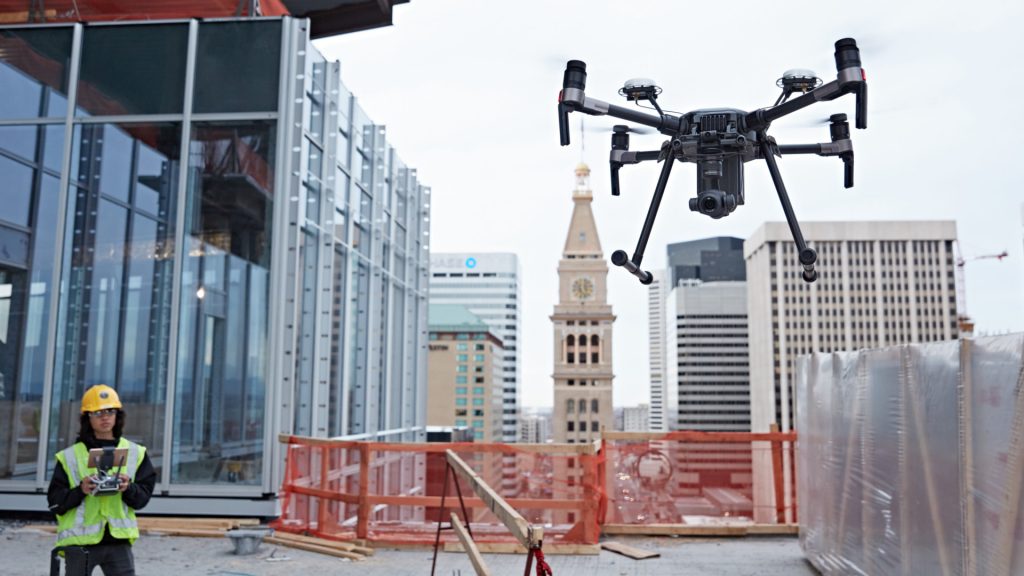
source: pinterest.com
Leveraging drones can allow firms to make precise layouts. They can superimpose a proposed building plan over an image of the actual site to visualize where features like landscaping, parking lots, and pathways would be. This also helps them determine weak points or potential problems in their design, allowing them to come up with solutions before they become major issues.
Tracking Construction Progress in Real Time
Drones can be very helpful in accurately managing a construction project. Site managers can send drones on pre-determined flight paths at certain schedules to capture images of ongoing operations. Then, the images can be combined to provide the team with a comprehensive look into the project’s progress.
With this, firms can make sure they reach projected milestones within the parameters they set. Furthermore, they can spot possible issues and address them before they compromise the project, as we’ve mentioned previously.
These are things stakeholders will appreciate, encouraging them to maintain their relationship with your firm.
Tracking Equipment
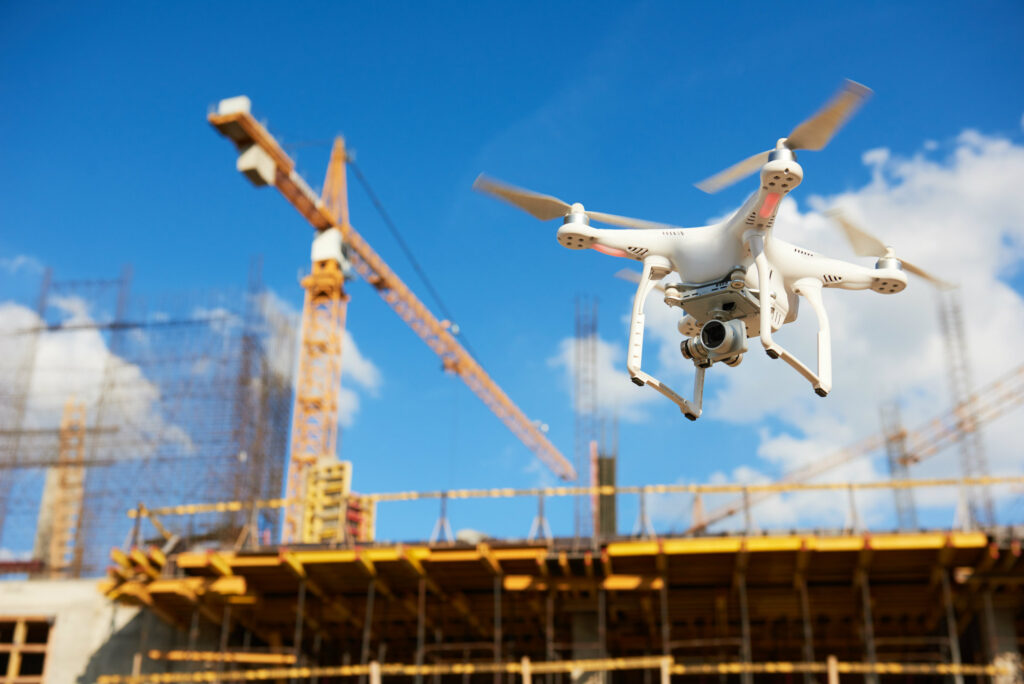
source: pinterest.com
Some companies have difficulty tracking the location of every piece of equipment on a project site. But with a drone, this task can be much easier.
It can even help teams detect equipment issues. With aerial imaging, they can quickly identify which pieces of machinery require diagnostics to schedule repairs into their timeline. This lets them manage resource costs better as well as prevent possible catastrophes caused by equipment malfunctions.
Offering Surveillance
Equipment security is crucial to the completion of a project, the integrity of a firm, and the peace of mind of stakeholders. Losing key pieces of equipment due to theft, sabotage, or vandalism can set a project back, costing companies thousands of dollars.
To combat this, companies can use drones to keep a real-time visual inventory of all construction equipment. They can also utilize them for monitoring the entry and movement of personnel, allowing them to catch suspicious elements before they can cause disruptions. Knowing these, construction companies should consider integrating them into their protocols for securing a construction site.
Guaranteeing Personnel Safety
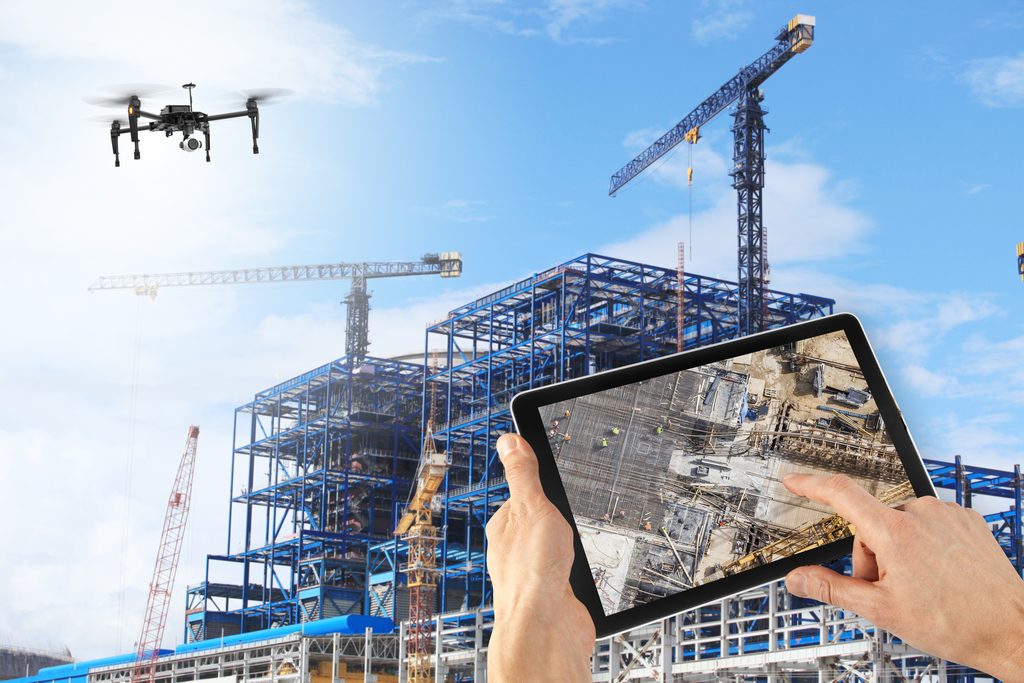
source: pinterest.com
Worker safety is a top priority in every construction project. With drones, on-site teams can constantly monitor the location of construction workers to check if they are in any compromising situations. This greatly helps to maintain a network of security around the site, keeping everyone on board with enforcing safety protocols at all times.
Performing 3D Scans
Photogrammetry, the process of scanning existing structures to create 3D models, is another application of drones. It allows for creating detailed models with actual conditions for any kind of construction project. The drone captures data which the team can then convert into virtual building models. Using these, they get to observe and project construction outcomes without costing much resources or funding.
Conclusion
Knowing the many ways drones have been used in today’s construction and design, it’s fair to say that they may be very beneficial to your firm’s ability to achieve its goals. Think about them when you’re planning your next project.

